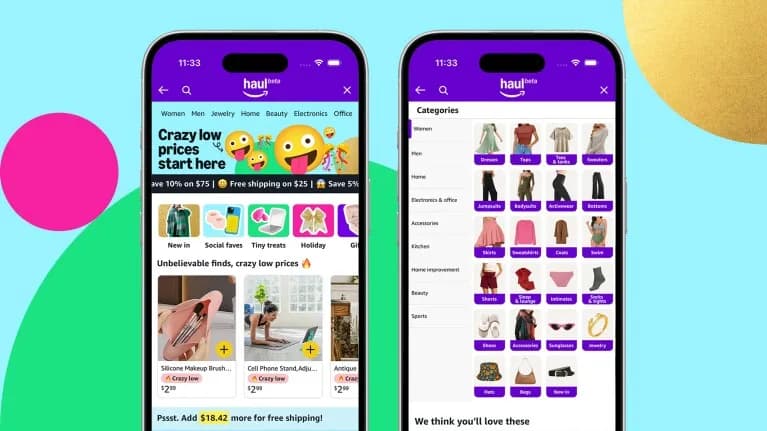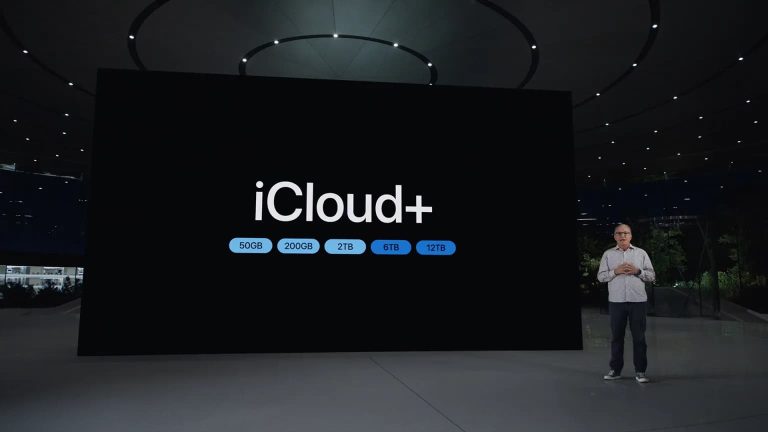AR and VR are words thrown around casually, especially online. This constant nonchalance has led to many misconceptions about the nature of the AR and VR. However, there is a significant difference between the virtual reality services compared with those of augmented reality.
History of AR
The first augmented reality display was created in 1968, but it wasn’t until 2008 that AR saw its first commercial application. Since then, augmented reality has been a great option for marketers in the form of QR codes. It adds digital elements to a live view by using the camera on a smartphone, something we have seen in Snapchat lenses and the breakout game Pokémon Go.
History of VR
According to the Virtual Reality Society, the technology has thematic roots in the stereoscopic viewers of the 19th century. Decades of research into cinema in the 1960s helped create “artificial environments” that are much less primitive today. Virtual reality (VR) is an experience that immerses the user entirely. Virtual reality services use devices like Google Cardboard so users can be transported into a number of simulated environments.
Mixed Reality and Its Use
A combination of the two is called MR. Mixed reality is a kind of augmented reality in which images are projected so as to appear as though they’re interacting with the real world. In a mixed reality experience, which combines elements of both AR and VR, real-world and digital objects interact. Mixed reality technology is just now starting to take off with Microsoft’s HoloLens one of the most notable early mixed reality apparatuses.
The Real Difference between AR and VR
With advancements in virtual reality, you can swim with sharks without the fear of death. But with augmented reality, you can watch a shark pop out of your business card for laughs. VR is more immersive in its nature, but AR provides more freedom for the user and more possibilities for marketing campaigns. Augmented reality changes experience by adding virtual components to add a different side to any real-life interaction while virtual reality creates its own reality that is completely simulated by a computer.
Virtual Reality is usually presented to users through a controller or a head mount which connects them to the simulation. These virtual reality services allow users to control and navigate their actions in that environment. Augmented reality contrastingly is being used in mobile devices to change how the real world and digital images interact. With more commercial exposure to this, Pepsi Max recently utilized AR throughout their #LiveForNow campaign.
The Daily Impact of AR
There are claims of augmented reality having a bigger impact on our routine lives as compared to virtual reality. Informed commentators find that VR environments demand a user’s full attention, which can be a negative feature in day to day life. AR, on the other hand, has the potential to act as an on-call co-pilot to everyday life, with seamless integration to people’s social interactions.
The AR Cloud is a new development that is essentially a digital copy of the real world that can be accessed by any user at any time. Anyone who owns a modern smartphone can easily download an AR app and try this technology whenever they like. They can use special AR headsets, such as Google Glass, where digital content is displayed on a tiny screen in front of a user’s eye and it is a completely different world.
How VR Has Developed Over Time
Exciting stories have been surfacing regarding everyday applications for VR. The biggest development is how distance is not much of an issue anymore. Text messages, video calls, and constant social media check-ins have already devised the idea that distance does not matter in today’s world. Now we have virtual reality services, through which wedding service companies in Tokyo help their clients see how a wedding venue on the other side of the world might look and feel and British Columbia promote tourism by giving users the ability to feel the sensation of hiking, visiting the rainforest or seeing the stunning coastlines.
The Future of AR and VR
The question at hand now is what is the future of AR and VR? How are they set to evolve with and become completely integrated into our lives? There is a discussion on how augmented and virtual reality technologies will consolidate and come in two forms in the future: tethered systems and standalone units. Early signs of these trends can be seen even now as manufacturers choose a mixture between standalone and tethered units.
The AR and VR devices of the future are said to provide personalized, accessible and well-designed experiences. There is scope for new augmented reality glasses with LTE capabilities that will become an alternative to the smartphone while virtual reality services are further being employed to immerse tourists to see how locations looked 5,000 years ago.
These types of innovative experiences are unveiling in industries worldwide to bring both AR and VR into the mainstream, day to day life and interactions. For more details about AR and VR visit https://sixsigmastudios.com/





